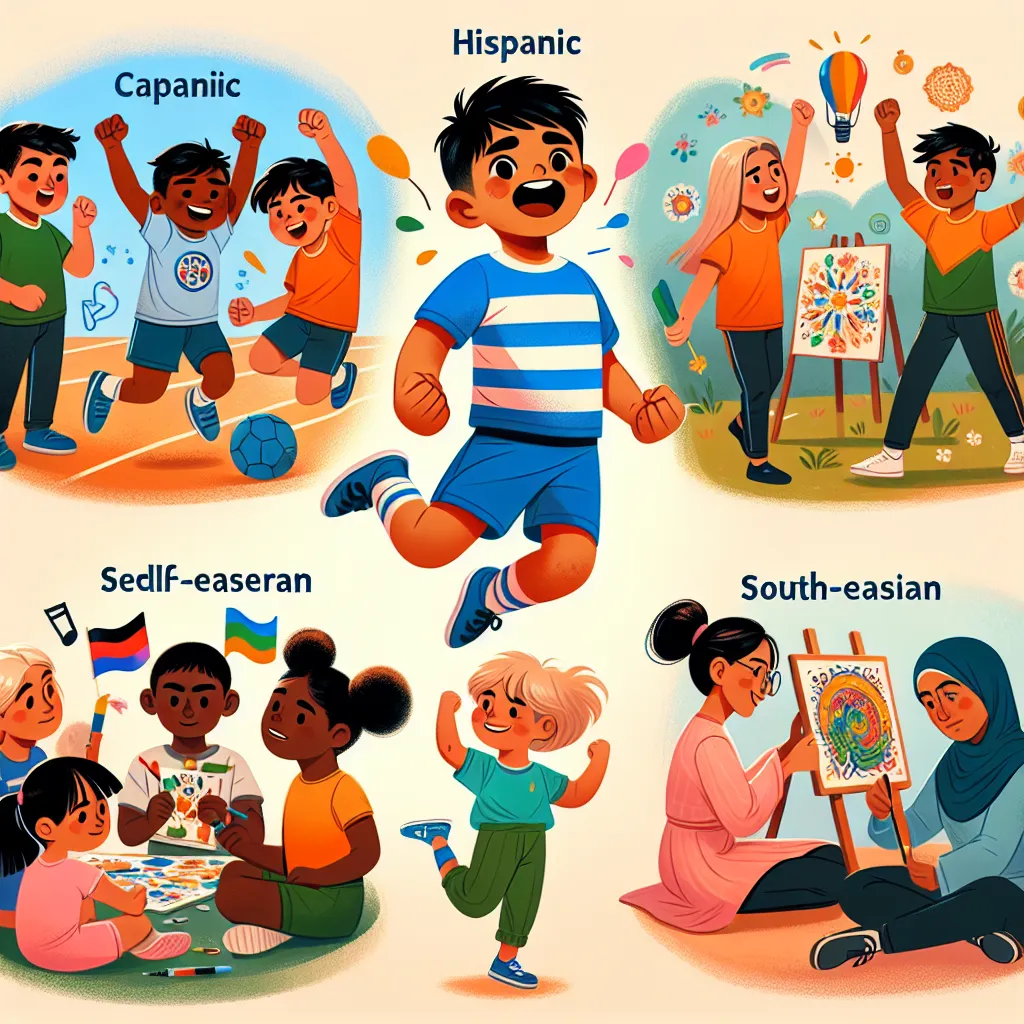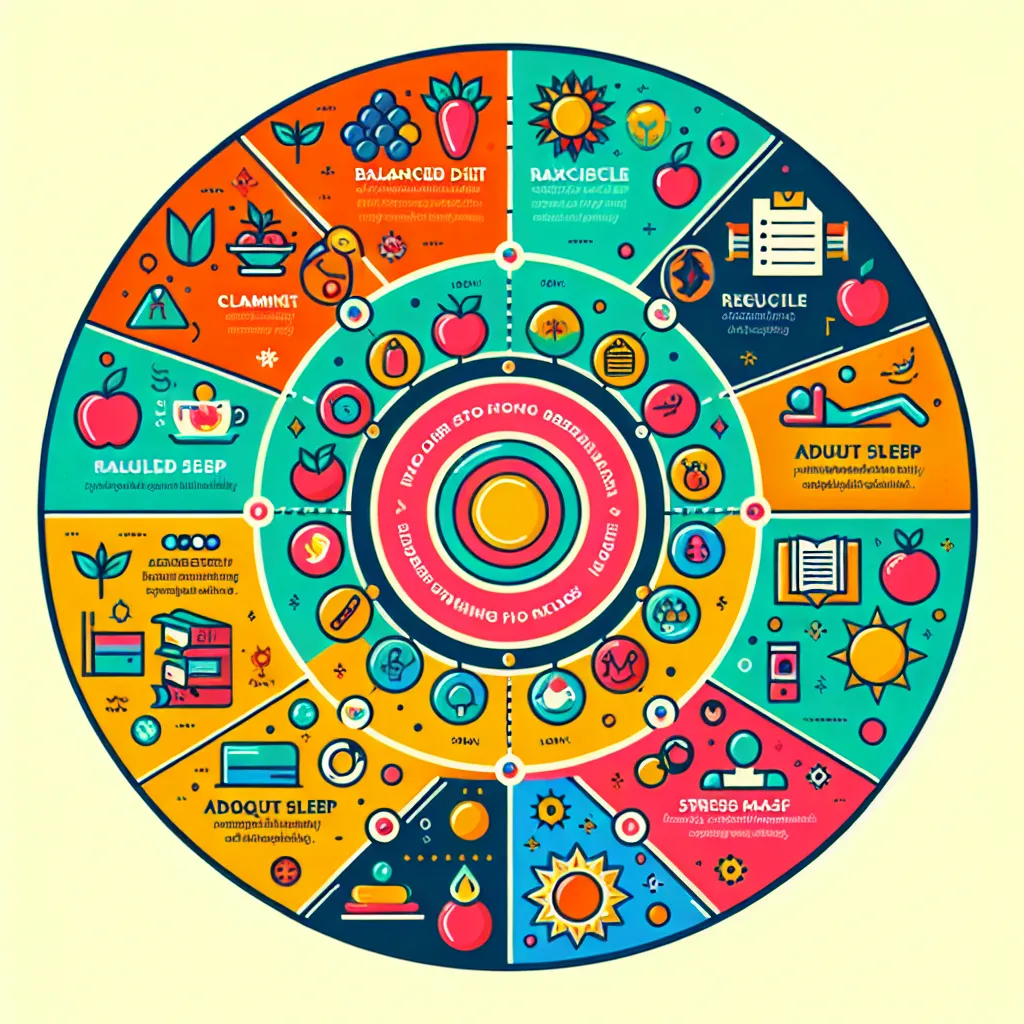The IELTS Reading section is a crucial part of the exam, testing your ability to comprehend complex texts and extract relevant information. Today, we’ll focus on a topic that has been gaining traction in recent years: “How to boost creativity in the workplace.” This subject has appeared in various forms in past IELTS exams and, given its relevance in today’s dynamic work environment, it’s likely to resurface in future tests. Let’s dive into a practice passage and questions to help you prepare for this type of content in your IELTS Reading exam.
Nội dung bài viết
 Boosting Creativity in the Workplace
Boosting Creativity in the Workplace
Practice Passage: Fostering Creativity in the Modern Workplace
Medium Text
In today’s rapidly evolving business landscape, creativity has become a crucial asset for companies seeking to innovate and stay competitive. However, fostering a creative environment in the workplace is not always straightforward. This article explores effective strategies for boosting creativity among employees and creating a culture that nurtures innovative thinking.
One key approach to enhancing workplace creativity is to design physical spaces that inspire and facilitate creative thinking. Many forward-thinking companies are moving away from traditional cubicle layouts in favor of open-plan offices with flexible workstations. These environments often include collaborative areas, quiet zones for focused work, and relaxation spaces to help employees recharge. The inclusion of natural elements, such as plants and natural light, has also been shown to boost creativity and overall well-being.
Another critical factor in fostering creativity is encouraging diverse perspectives within teams. When employees from different backgrounds and with varied experiences come together, they bring a wealth of ideas and approaches to problem-solving. Companies can promote diversity through inclusive hiring practices and by creating cross-functional teams for projects. Additionally, implementing mentorship programs and regular knowledge-sharing sessions can help spread innovative ideas throughout the organization.
Time management plays a crucial role in nurturing creativity. While deadlines are often necessary, constantly working under pressure can stifle creative thinking. Progressive companies are adopting flexible work schedules and implementing policies like “20% time,” where employees can dedicate a portion of their work hours to personal projects or exploring new ideas. This approach, famously used by companies like Google, has led to the development of numerous innovative products and services.
The role of leadership in fostering creativity cannot be overstated. Leaders who encourage risk-taking and view failures as learning opportunities create an environment where employees feel safe to experiment with new ideas. Regular brainstorming sessions, innovation challenges, and rewards for creative solutions can all contribute to a culture of innovation. Moreover, leaders should model creative behavior themselves, demonstrating that thinking outside the box is valued at all levels of the organization.
Technology also plays a significant role in modern creative processes. Digital collaboration tools, virtual reality environments, and artificial intelligence-powered platforms are increasingly being used to facilitate creative work. These technologies can help teams collaborate across distances, visualize complex ideas, and even generate novel concepts. However, it’s essential to balance technological tools with human interaction and face-to-face collaboration to maintain the social aspects of creativity.
Finally, continuous learning and development are crucial for maintaining a creative edge. Companies that invest in their employees’ growth through workshops, conferences, and training programs often see a return in the form of increased innovation. Exposure to new ideas and skills can spark creativity and help employees approach problems from fresh angles.
In conclusion, boosting creativity in the workplace requires a multifaceted approach that addresses physical environment, team diversity, time management, leadership, technology, and continuous learning. By implementing these strategies, companies can create a fertile ground for innovation, leading to improved problem-solving, increased employee satisfaction, and ultimately, a competitive advantage in the marketplace.
Questions
-
According to the passage, which of the following is NOT mentioned as a strategy for boosting workplace creativity?
A) Designing inspiring physical spaces
B) Encouraging diverse perspectives
C) Implementing strict work schedules
D) Using technology to facilitate creative work -
The article suggests that natural elements in the office environment can:
A) Reduce company expenses
B) Increase employee productivity
C) Enhance creativity and well-being
D) Improve air quality -
What is the purpose of “20% time” as mentioned in the passage?
A) To reduce overall working hours
B) To allow employees to work on personal projects
C) To increase overtime work
D) To implement mandatory break times -
The passage implies that failures in the workplace should be:
A) Severely punished
B) Ignored completely
C) Viewed as learning opportunities
D) Kept secret from management -
Which of the following is true about the role of technology in fostering creativity, according to the article?
A) It should completely replace face-to-face collaboration
B) It is not important for creative processes
C) It can help teams collaborate across distances
D) It is only useful for large corporations -
The article suggests that continuous learning and development:
A) Are unnecessary for creative workers
B) Should only focus on technical skills
C) Can help employees approach problems from new angles
D) Are too expensive for most companies to implement -
According to the passage, diverse teams are beneficial because they:
A) Are easier to manage
B) Require less training
C) Bring varied ideas and approaches to problem-solving
D) Are more cost-effective -
The article mentions all of the following as ways to promote creativity EXCEPT:
A) Implementing mentorship programs
B) Organizing regular brainstorming sessions
C) Discouraging risk-taking
D) Creating cross-functional teams -
What does the passage suggest about traditional cubicle layouts in offices?
A) They are the best option for fostering creativity
B) They are being replaced by more open and flexible designs
C) They are preferred by most employees
D) They are more cost-effective than open-plan offices -
The main purpose of this passage is to:
A) Criticize current workplace practices
B) Compare different types of office layouts
C) Provide strategies for enhancing workplace creativity
D) Argue against the importance of creativity in business
Answer Key
-
C) Implementing strict work schedules
Explanation: The passage actually mentions that flexible work schedules can nurture creativity, contrary to strict schedules. -
C) Enhance creativity and well-being
Explanation: The text states, “The inclusion of natural elements, such as plants and natural light, has also been shown to boost creativity and overall well-being.” -
B) To allow employees to work on personal projects
Explanation: The passage mentions that “20% time” is where “employees can dedicate a portion of their work hours to personal projects or exploring new ideas.” -
C) Viewed as learning opportunities
Explanation: The article states that leaders should “view failures as learning opportunities.” -
C) It can help teams collaborate across distances
Explanation: The passage mentions that digital collaboration tools can “help teams collaborate across distances.” -
C) Can help employees approach problems from new angles
Explanation: The text states that “Exposure to new ideas and skills can spark creativity and help employees approach problems from fresh angles.” -
C) Bring varied ideas and approaches to problem-solving
Explanation: The passage mentions that diverse teams “bring a wealth of ideas and approaches to problem-solving.” -
C) Discouraging risk-taking
Explanation: The article actually encourages risk-taking, stating that “Leaders who encourage risk-taking… create an environment where employees feel safe to experiment with new ideas.” -
B) They are being replaced by more open and flexible designs
Explanation: The passage states that “Many forward-thinking companies are moving away from traditional cubicle layouts in favor of open-plan offices with flexible workstations.” -
C) Provide strategies for enhancing workplace creativity
Explanation: The main purpose of the passage is to explore various strategies for boosting creativity in the workplace.
Common Mistakes and How to Avoid Them
When tackling IELTS Reading passages like this one, students often make several common mistakes:
- Overlooking keywords: Always pay attention to qualifiers like “not,” “except,” or “unless” in questions.
- Falling for distractors: Be cautious of answer options that use words from the text but in a different context.
- Relying on prior knowledge: Base your answers solely on the information provided in the passage.
- Mismanaging time: Practice time management to ensure you can complete all questions within the allotted time.
Vocabulary Focus
Here are some challenging words from the passage along with their definitions:
- Fostering (verb) /ˈfɒstərɪŋ/ – encouraging or promoting the development of something
- Nurtures (verb) /ˈnɜːtʃəz/ – cares for and encourages growth or development
- Stifle (verb) /ˈstaɪfəl/ – restrain or suppress
- Multifaceted (adjective) /ˌmʌltiˈfæsɪtɪd/ – having many different aspects or features
Grammar Spotlight
Pay attention to the use of present simple tense for stating facts and general truths throughout the passage. For example:
“Time management plays a crucial role in nurturing creativity.”
This structure is commonly used in academic and professional writing to discuss ongoing situations or generally accepted ideas.
Tips for IELTS Reading Success
- Practice active reading techniques, such as skimming and scanning.
- Improve your vocabulary related to business and workplace topics.
- Time yourself when practicing to build speed and efficiency.
- Read a variety of texts on different subjects to broaden your understanding.
- Pay close attention to transition words and phrases that indicate relationships between ideas.
Remember, success in IELTS Reading comes with consistent practice and exposure to various types of texts. Keep honing your skills, and you’ll see improvement in your ability to tackle complex passages like this one on boosting workplace creativity.
For more IELTS preparation tips and resources, check out our articles on how to create an inclusive workplace and the benefits of mindfulness in the workplace. These topics are closely related to workplace creativity and can provide additional context and vocabulary for your IELTS preparation.


